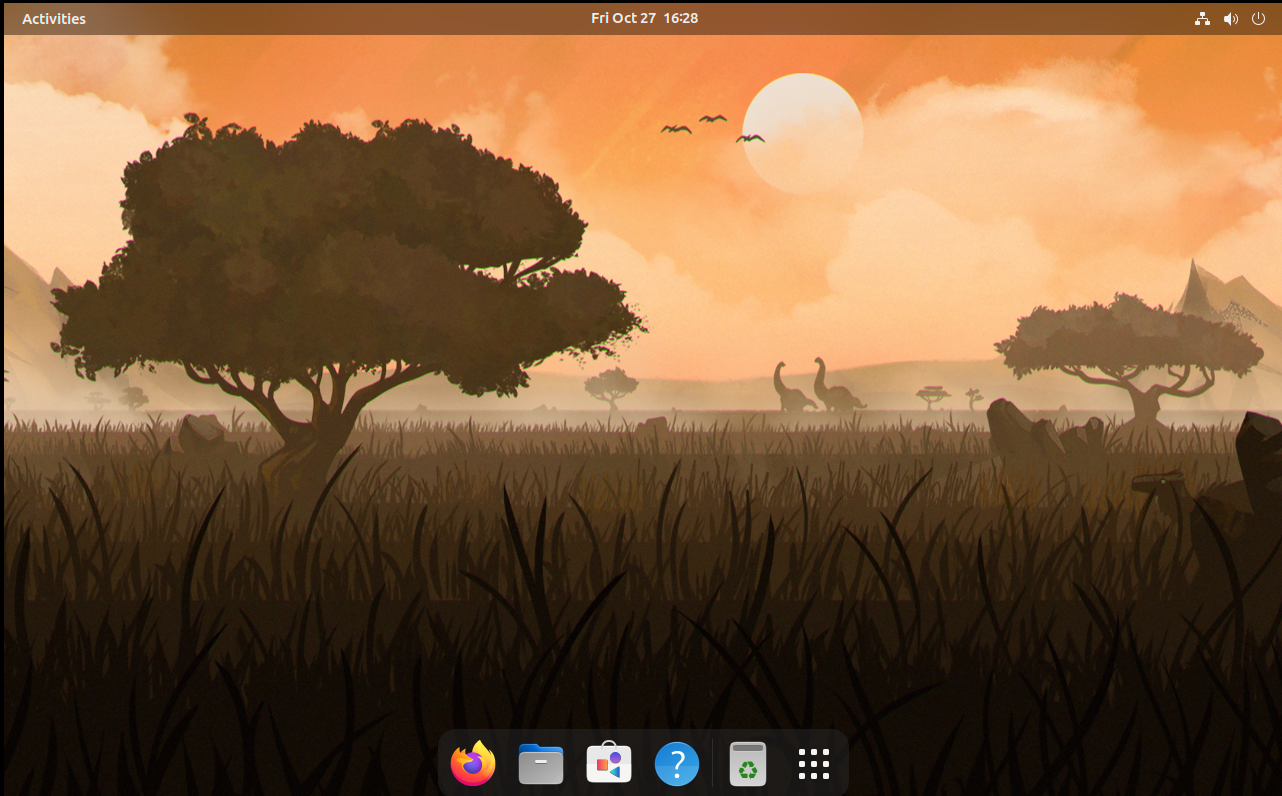- cross-posted to:
- linux@lemmy.zip
What’s the Linux desktop for the playful developer? 🤔
UwUbuntu
Can someone tell me the recent hype about immutable distros? What exactly is the immutable part, and why is it attractive?
The system (the os files to be precise) is only mutable by package manager for specific tasks like updating. It can break certain workflows if the user wants to change system files, because they can’t.
Bonuses from that are security and reproducibility. You can be sure that whatever package you have will look and behave exactly the same as on another device with the same OS. Malware won’t be able to mess around with your OS so trivially as it does on mutable distros.
Interesting. Sounds like DevOps folks would love it. Maybe I’ll look into it more. Thanks!
Immutable, adjective: Unchanging over time or unable to be changed.
From the article: “We want a reliable desktop experience that runs everything, but we’re too lazy to maintain anything. So we automated the entire delivery pipeline in GitHub.”
So, in other words… “Please don’t ever update your system or everything will break”
It means the core OS is isolated from all the functionality in a way that allows you to modularly add all the functionality on top of it in a reproducible, robust way.
In theory. I haven’t actually dug into any of them personally.
Are other distros not serious? I don’t understand what this is.
You’re just not cloud-native enough to understand how revolutionary it is to run GNOME on Fedora.
We are really experiencing a cloud native generation. These Zoomers don’t even know how life was without a cloud over their heads.
uses the GNOME interface
yeah thats a no from me.
Plus its just running off Fedora? Easy no.
“Cloud native” technology is double speak for your shit is running on other people’s computers who will be tracking your use and selling it to pay for server upkeep and also maybe profit?
In this case it’s referring to the fact that the OS is built upon the same containerization technology used on cloud platforms such as Kubernetes. As a marketing tool it’s a bit buzzwordy, but it’s not about running the core OS components outside of the physical machine here.
I don’t get it. What’s the spirit of ubuntu? Is the underlying OS based on ubuntu instead of fedora?
What’s the actual difference to fedora silverblue?
Half the answer to “why did you make your own linux?” is that it’s awesome being able to revert back to the original fedora OS.
Because it follows a cloud-native approach, the end user has the flexibility to rebase back to the stock Fedora or any Universal Blue image. It’s more like having someone install, configure, and maintain a polished Fedora setup for you.
And the other half doesn’t provide any info either
Bluefin utilizes Fedora’s OCI features to compose and build an OS image. This process is overseen by a well-structured community that is committed to automation and sustainability. The end result is akin to a configuration management tool like Ansible or Salt, but without the typical challenges associated with maintaining a custom distribution.
🥱
What a shitty tagline. What have I been doing these past few years, lol?







